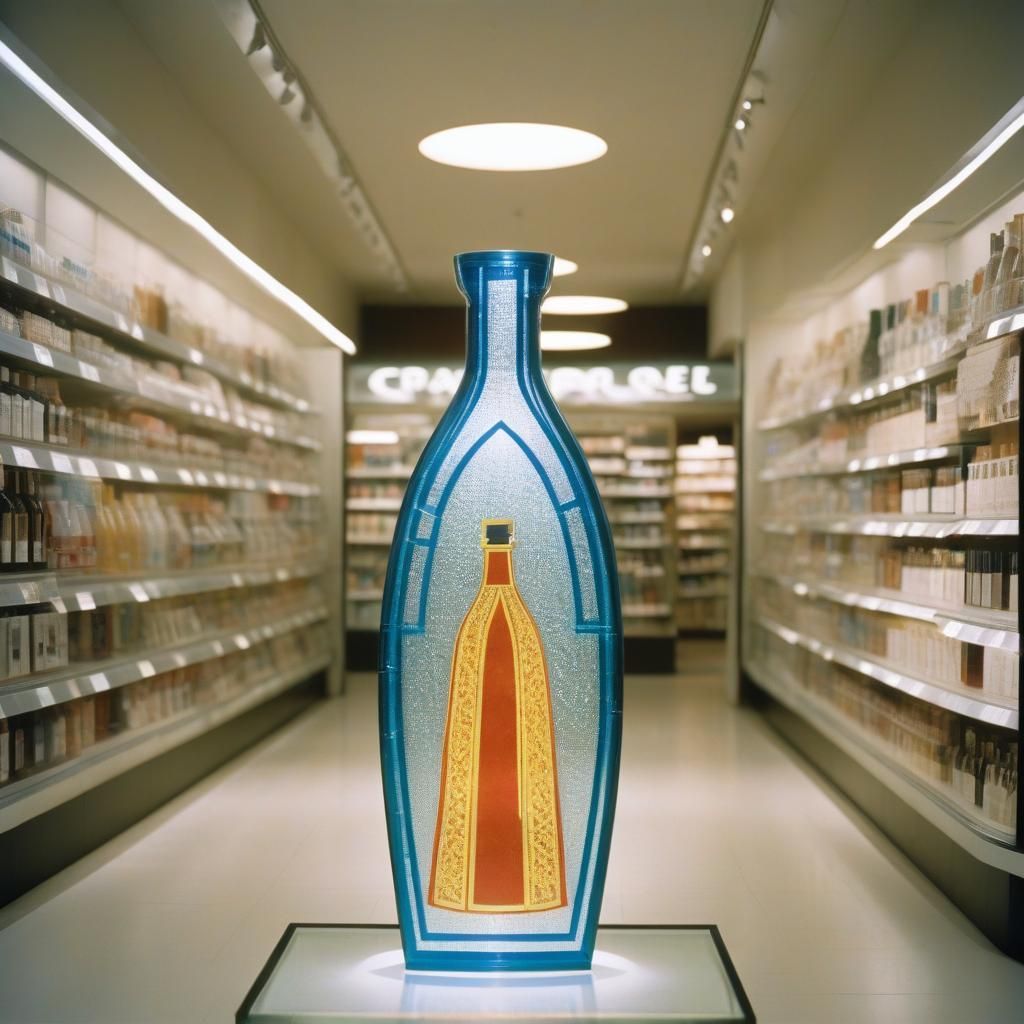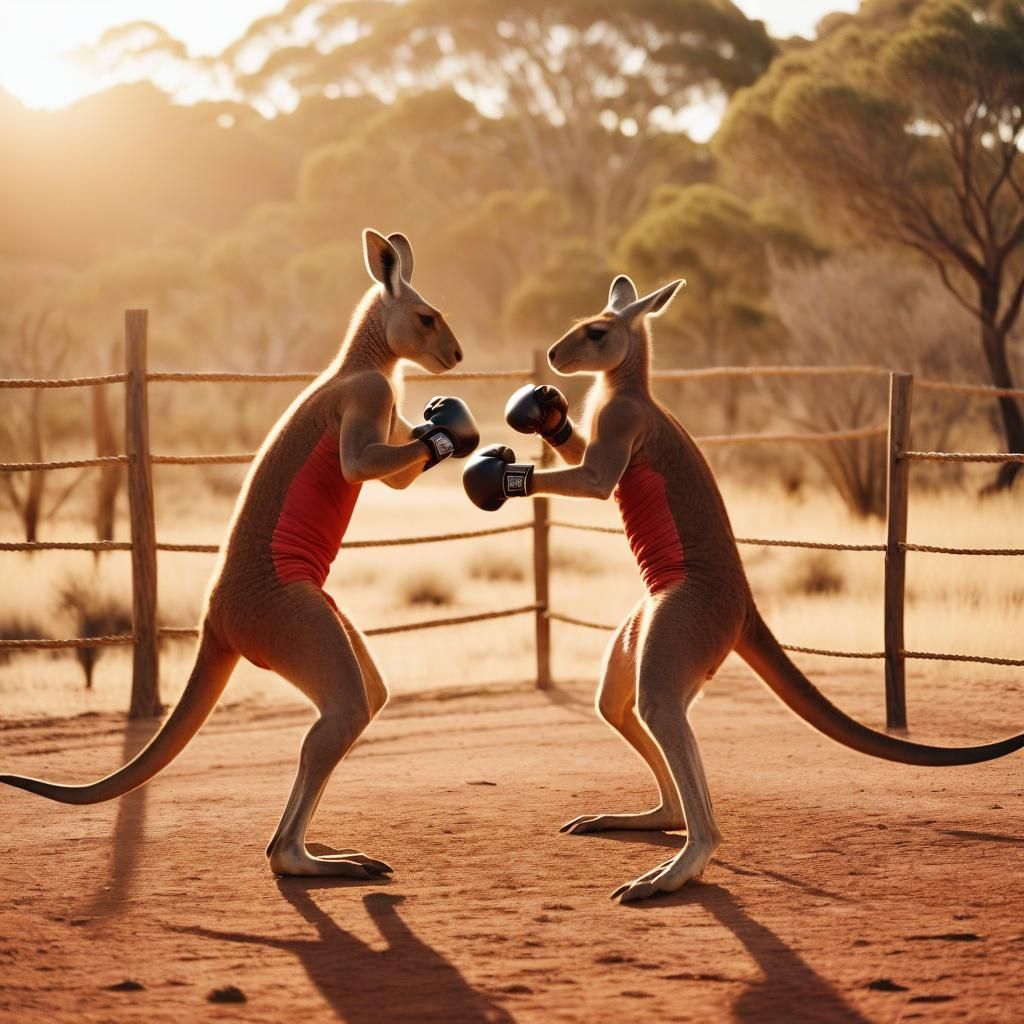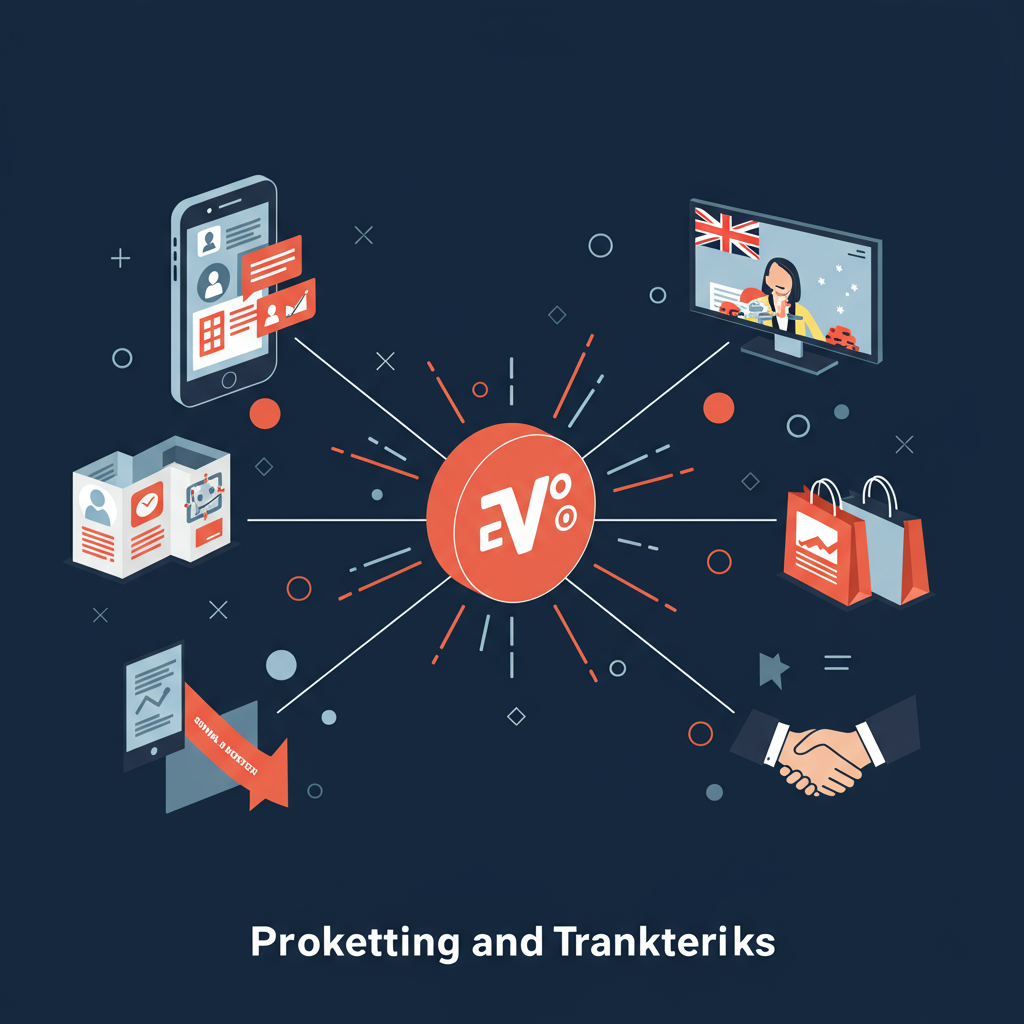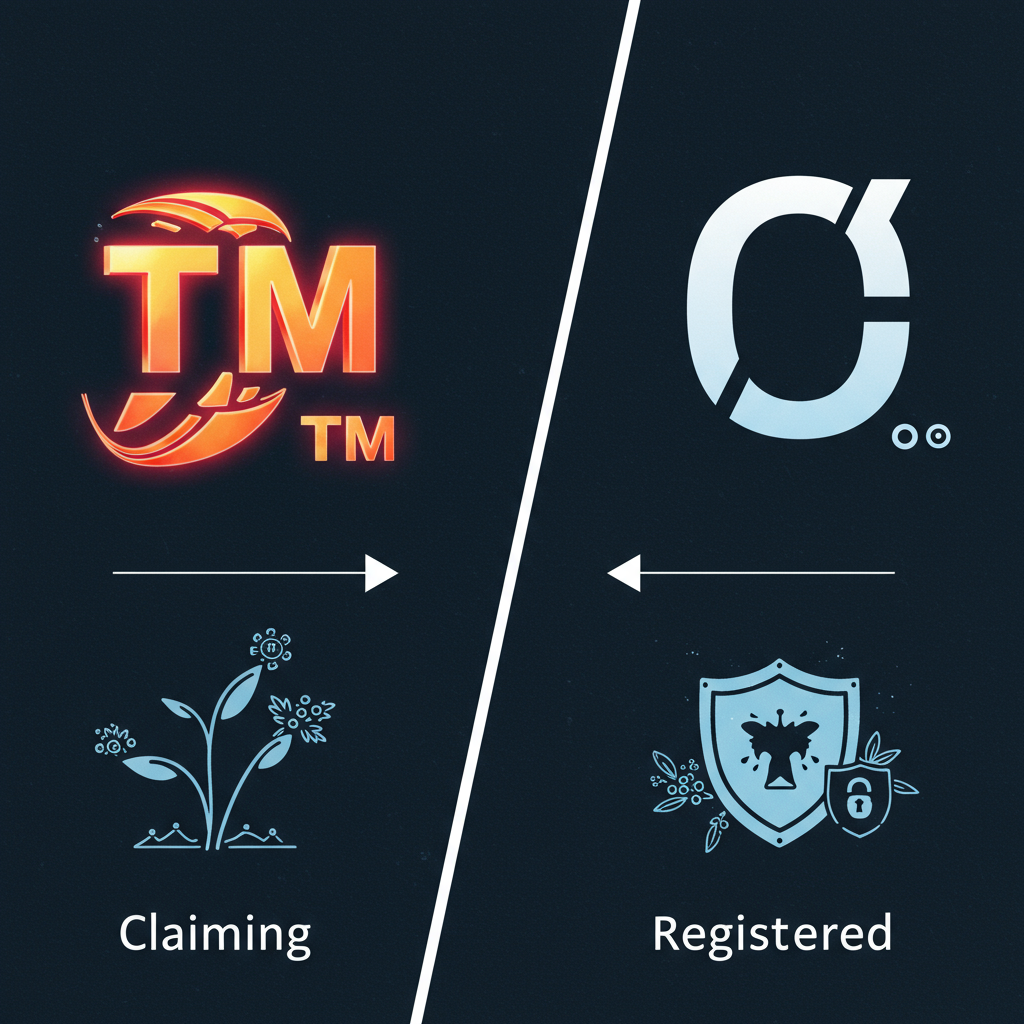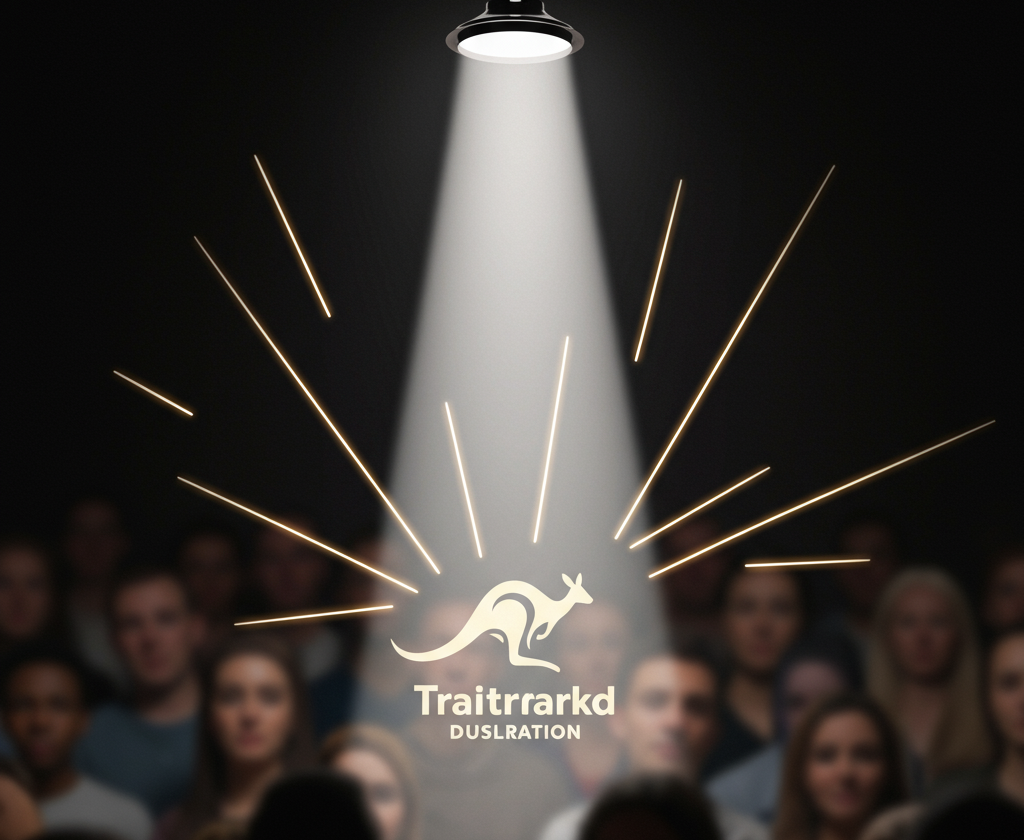When Do Trademarks Become Generic? The Silent Brand Killer No Aussie Business Wants!
When Do Trademarks Become Generic? The Silent Brand Killer No Aussie Business Wants!

Imagine pouring your heart, soul, and hard-earned cash into building a cracking brand, only for its name to become so common it loses all its specialness. Sounds like a nightmare, right? That’s the chilling reality of "genericide", a sneaky little legal trap where your unique brand name becomes the default term for all products or services like yours.
This isn't just about losing a fancy logo; it's about losing your exclusive rights, your competitive edge, and ultimately, your brand's very identity. For every Australian business, from the local bakery to the global tech startup, understanding this danger is absolutely crucial to protecting your brand's future. Let's dive in and learn how to keep your brand from becoming just another common noun!
What is Genericide in Trademark Law? The Brand's Worst Nightmare
Genericide is a grim term in trademark law. It happens when a brand name, once distinctive and unique, becomes the common, everyday term for an entire type of product or service. Think of it as your brand becoming so popular, so ubiquitous, that people forget it's a specific brand and start using it to describe anything that does the same job.
When genericide sets in, that trademark loses its distinctiveness, and here's the kicker: it can no longer be protected as a trademark. You lose the exclusive rights you once held, opening the floodgates for competitors to use your former brand name. This often happens due to a brand's overwhelming popularity or, ironically, through its own (or the public's) misuse. It's the ultimate double-edged sword of success!
Famous Global Examples of Genericized Trademarks: A Cautionary Tale
History is littered with once-powerful brands that fell victim to genericide. These names were once unique, trademarked terms, but are now common words in our vocabulary:
- Aspirin: Originally the trademark of German pharmaceutical giant Bayer®.
- Escalator: Patented and trademarked by Otis Elevator Company®.
- Thermos: Once a specific brand of vacuum flask.
- Cellophane: A brand of transparent cellulose film.
- Yo-Yo: Originally a trademark of the Duncan Toy Company.
And it's not just ancient history. Current heavyweights are fiercely fighting to prevent their brands from going generic:
- Google®: They actively promote "to search on Google" instead of "to google."
- Velcro®: The company constantly reminds us to say "hook and loop fasteners" or "VELCRO® brand fasteners," not just "velcro."
- Band-Aid®: It's "BAND-AID® Brand Adhesive Bandages," not simply "band-aids."
- Xerox®: They'd prefer you say "to make a photocopy" rather than "to xerox."
Australian Legal Perspective on Genericide: Distinctiveness is Key
Here in Australia, the concept of genericide is alive and well under our Trade Marks Act 1995 (Cth). For a trademark to remain protected, it must remain distinctive and clearly identify your goods or services as coming only from your business.
If a mark becomes generic – meaning it's now seen as the common name for a product category rather than a specific brand – IP Australia or the Australian courts may cancel its registration. This is a massive threat because it means any competitor could then use your former brand name without fear of infringement.
For Aussie businesses, this means you must be vigilant to avoid your trademark being seen as a product category. If your amazing new gadget is called "The Widget," you don't want "widget" to become the generic term for all similar gadgets.
How Trademarks Become Generic in Australia: The Slippery Slope
How does this silent killer creep up on a brand? It's often a combination of factors:
- Improper marketing or brand usage: If your own marketing materials use your trademark as a generic term (e.g., "Grab a thermos" instead of "Grab a Thermos® flask"), you're contributing to its downfall.
- Failing to correct public/media misuse: If journalists, bloggers, or the general public start using your brand name generically, and you do nothing to correct them, it strengthens the argument that your mark is no longer distinctive.
- Allowing competitors to use the brand name in a generic context: If rivals start using your brand name descriptively (e.g., calling all sticky notes "Post-it notes"), and you don't challenge them, it weakens your claim.
- Not distinguishing trademark from regular nouns/verbs in advertising: When your ads use your trademark as a verb ("Just Google it!") or a noun ("Hand me a Kleenex!"), you're effectively teaching the public that it's a common word.
How to Prevent Your Trademark from Becoming Generic: Your Battle Plan!
Don't let your brand go down this path! Here’s your essential battle plan to keep your trademark strong and distinctive:
- Always use the trademark as an adjective, not a noun or verb. This is the golden rule! Say "VELCRO® brand fasteners," not "velcro." Say "do a Google™ search," not "google it."
- Include ™ or ® symbols consistently. These little badges constantly remind consumers and competitors that your mark is a brand name, not a generic term.
- Educate your audience and staff on correct usage. Make sure your marketing team, customer service reps, and anyone who talks about your brand understands how to use your trademark correctly.
- Correct misuse in public content and enforce proper use in media mentions. Don't be afraid to politely correct journalists, partners, or even customers who use your mark generically. A quick email or comment can make a difference.
Enforcing Trademark Use in Marketing: Be a Stickler for Rules!
Your marketing and PR teams are your frontline defenders against genericide. Give them clear guidelines:
- Example: Always insist on "Kleenex® tissues," not just "Kleenex," in all marketing materials.
- Encourage retailers and distributors to use the full brand correctly. If your products are sold through other channels, make sure their listings and promotional materials use your brand name properly (e.g., "Buy genuine LEGO® bricks," not just "buy lego").
Consistency and diligence are your best friends here.
Monitoring and Legal Enforcement: Staying Vigilant
Genericide doesn't happen overnight, but it requires constant vigilance.
- How to monitor online misuse of your trademark: Use brand monitoring tools, set up Google Alerts, and regularly check social media, news sites, and competitor advertising for improper use of your mark.
- Sending cease & desist letters for improper use: If you spot significant or repeated misuse, a formal cease and desist letter from an IP lawyer can be very effective in getting others to correct their language.
- Leveraging IP Australia and ACCC for enforcement if necessary: If misuse escalates to misleading conduct or direct infringement, you can seek assistance from IP Australia (for trademark breaches) or the ACCC (for misleading conduct under consumer law).
When a Trademark is Challenged for Generic Status: Defending Your Brand
If your trademark is formally challenged for generic status, it's a serious legal battle. The legal process for defending against genericide claims often involves demonstrating that your mark still serves as a distinctive brand identifier.
This means providing evidence of brand distinctiveness. You might need to show:
- Your consistent efforts to educate the public and media.
- The continued use of ™ or ® symbols.
- The fact that a significant portion of consumers still recognise your mark as a brand name, not a generic product type.
Using consumer surveys and branding strategy documentation can be powerful tools in this defence, proving how your brand maintains its unique identity in the minds of your customers.
Conclusion: Active Management is Your Brand's Best Friend
The threat of genericide is a stark reminder that trademarks are not set-and-forget assets. They are dynamic, living parts of your business that require active brand management to maintain trademark rights.
For every Australian business, it's vital to train teams and monitor usage closely. Educate your marketing, sales, and even customer service staff on the correct usage of your brand name. Regularly check how your brand is being used in the media and by the public.
Your trademark is a powerful shield that protects your innovation, your reputation, and your market share. Treat it with the respect it deserves, and it will continue to be a valuable asset for years to come!

